In Artinis NIRS blog, you will find the latest trends in (f)NIRS, NIRS studies and applications, tutor from the leaders of near infrared spectroscopy, not to mention detailed insights and tips and tricks for your research!
Search blog post topic
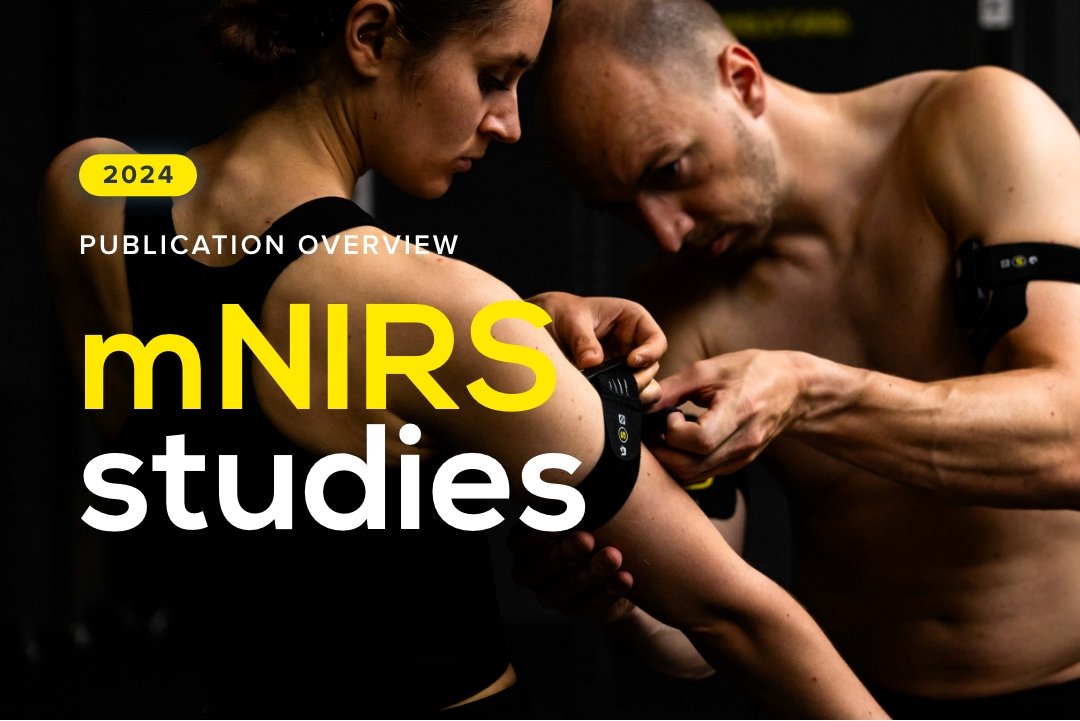
Publication overview 2024 - mNIRS studies with our devices
In 2024, an increasing number of exciting papers measuring muscle NIRS with our devices have been published. In this blogpost, we depict application fields and purposes of using NIRS to measure muscle oxygenation, and highlight relevant studies published in the last year using Artinis devices per category. Further, we show recent publications targeting to assess reproducibility in muscle NIRS.
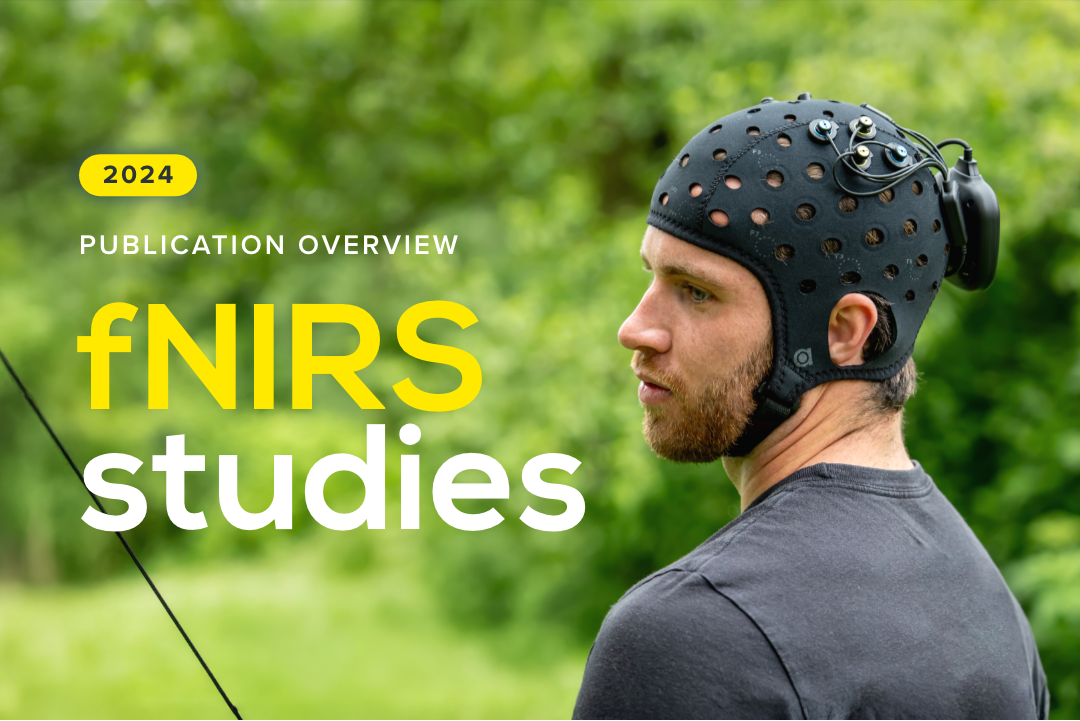
Publication overview 2024 - fNIRS studies with our devices
In 2024, an increasing number of relevant literature measuring brain activity with our fNIRS devices have been published. In this blogpost, we discuss application fields and purposes of using fNIRS to measure in the brain, and highlight exciting studies published in the last year with Artinis devices per category. Further, we show recent publications using our devices in naturalistic settings outside of the lab.
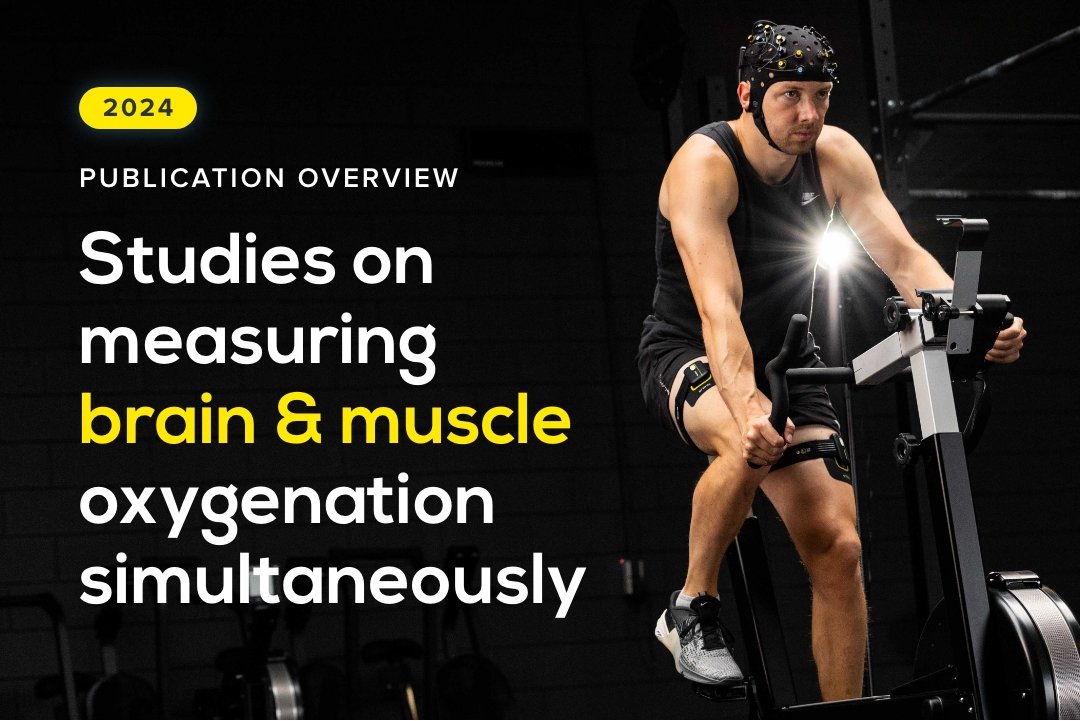
Publication overview 2024 - Studies measuring brain and muscle oxygenation simultaneously using our devices
NIRS can be used to measure brain and muscle oxygenation at the same time to get a complete picture on oxygen status in the body. We are happy that in 2024 an increased number of studies using NIRS on brain and muscle simultaneously in various application fields was released. Read this blogpost to learn more about application areas of NIRS to assess cerebral and muscular oxygenation, and highlighted publications of last year per category.
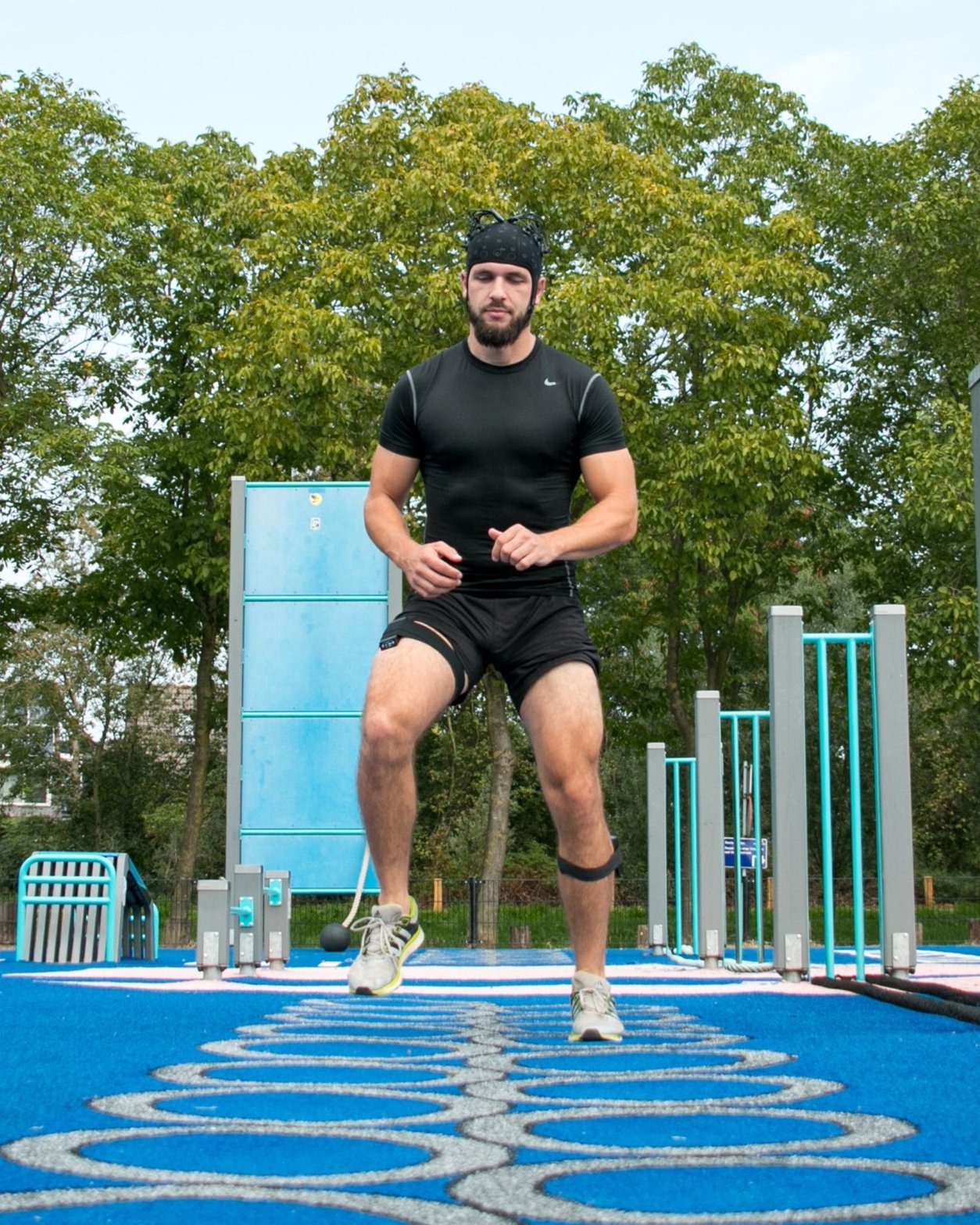
Beyond the Brain: Unveiling the Mind-Muscle Connection with Simultaneous NIRS
NIRS can be applied on any tissue enabling to measure brain and muscle oxygenation simultaneously. Read this blogpost to learn more about application areas employing NIRS on muscle and brain at the same time, recently published literature and solutions Artinis offers to make this possible.
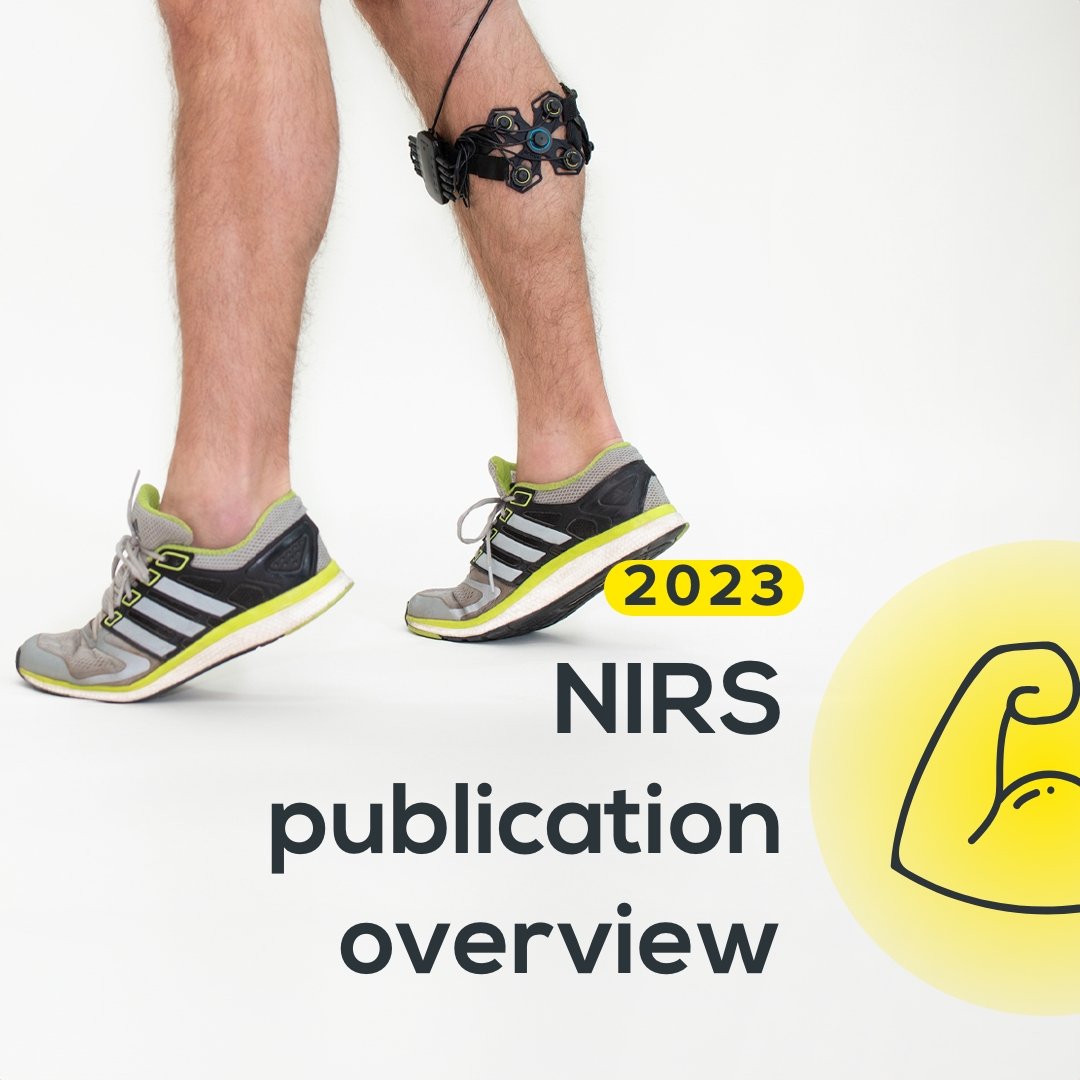
Publication overview 2023: Using our Artinis NIRS devices to measure in the muscle
We are proud that in 2023, an increasing number of publications using our NIRS devices to measure muscle oxygenation was found. In this blogpost, we list application areas with papers released last year utilizing our devices. We also highlight and summarize interesting publications per application category.
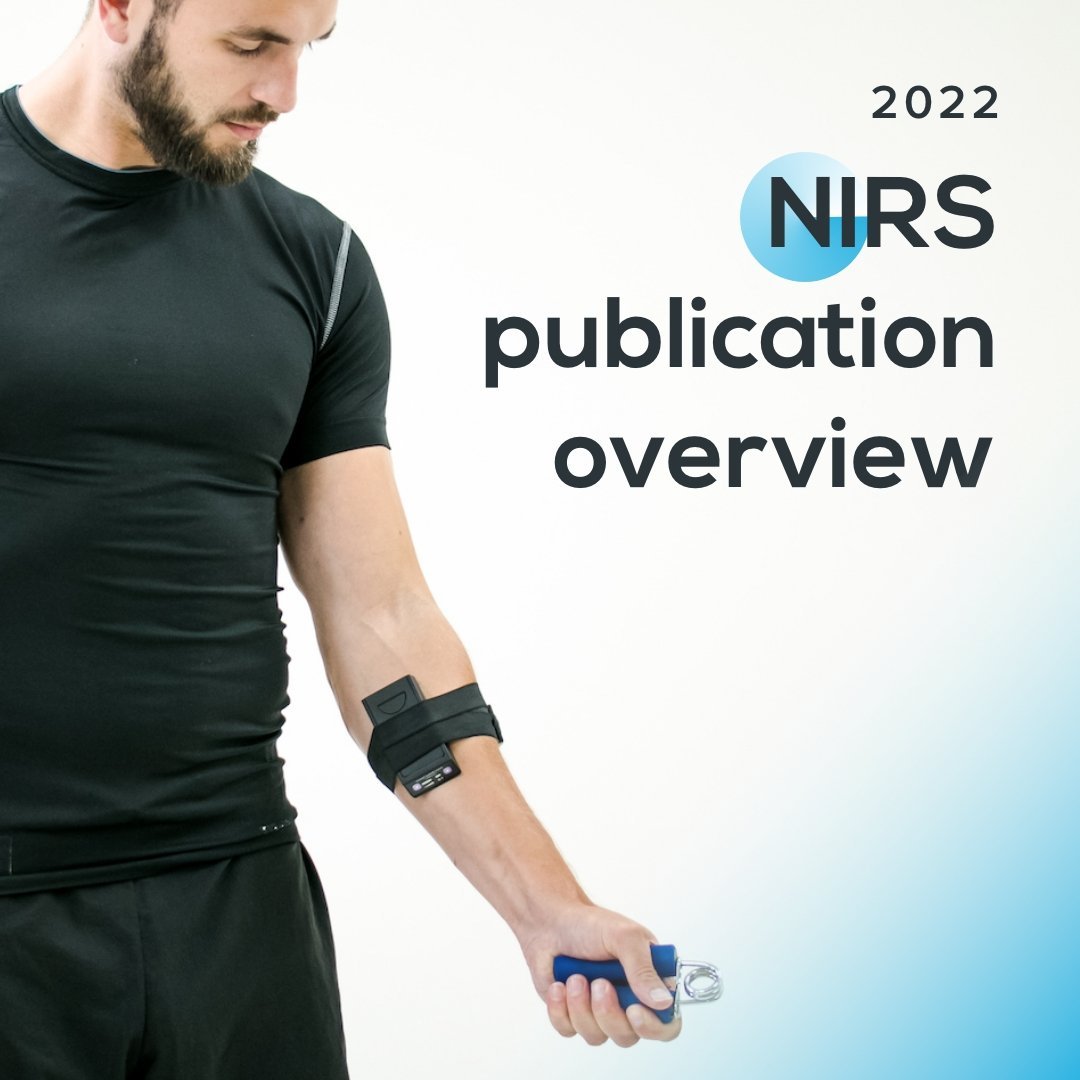
Publication Overview with our NIRS devices in 2022 – Muscle
We are proud that several papers using our NIRS devices to measure muscle oxygenation from different body parts and in various application fields were published in 2022. Read this blog post to get an overview of application areas NIRS can be used in, and which devices can be applied. Also, find highlighted publications per category that were performed with our devices in 2022.
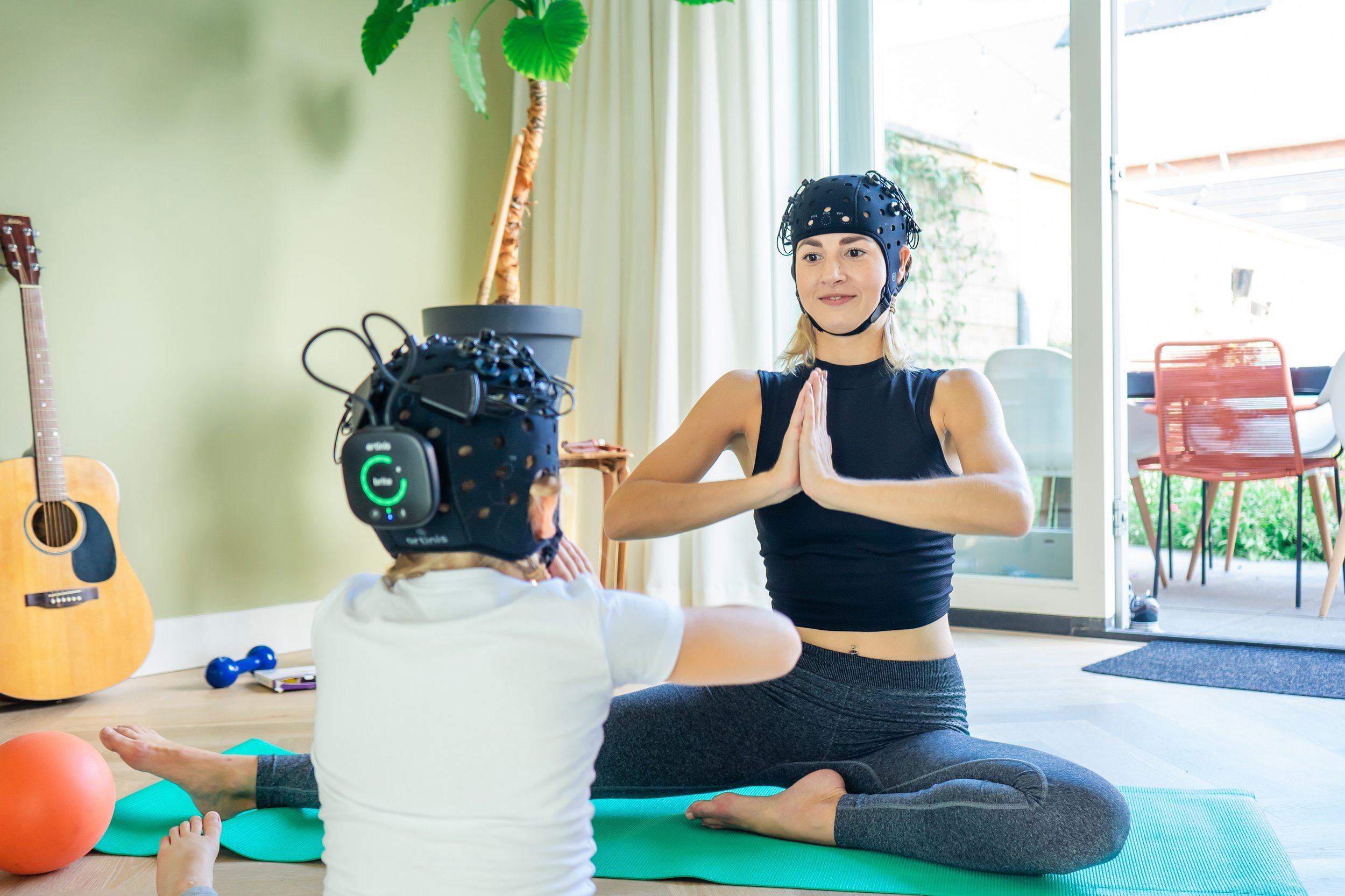
The use of Inertial Measurement Unit (IMU) to detect motion artifacts
Due to its portability, NIRS and fNIRS devices are often used to measure brain and muscle activity during studies that involve movement. To detect motion artifacts that might occur during these experiments, some of our devices, for instance, Brite and PortaLite MKII, incorporate an inertial measurement unit (IMU). Read this blog post, to learn more about the technology behind IMU and how it is used to detect motion artifacts.
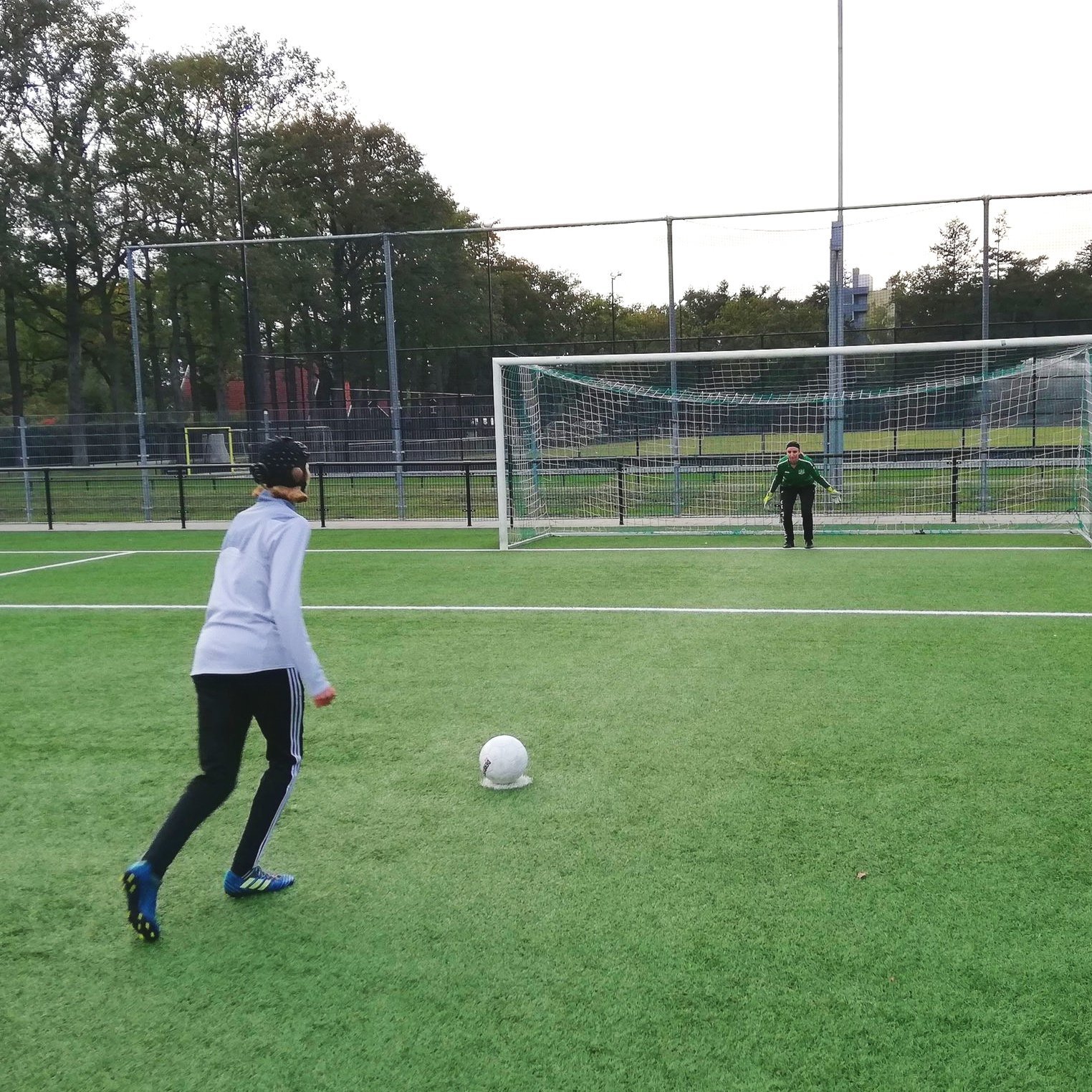
Using fNIRS to measure brain activity on the field during penalty kicks – a video interview with Max Slutter
fNIRS is increasingly used in on-the-field studies. One of the first to perform such a study by measuring brain activity with fNIRS in football players during penalty kicks were Max Slutter and colleagues. Watch our new video interview with Max Slutter to learn more about performing research with fNIRS on the field, and the advantages, but also challenges this might bring with it.
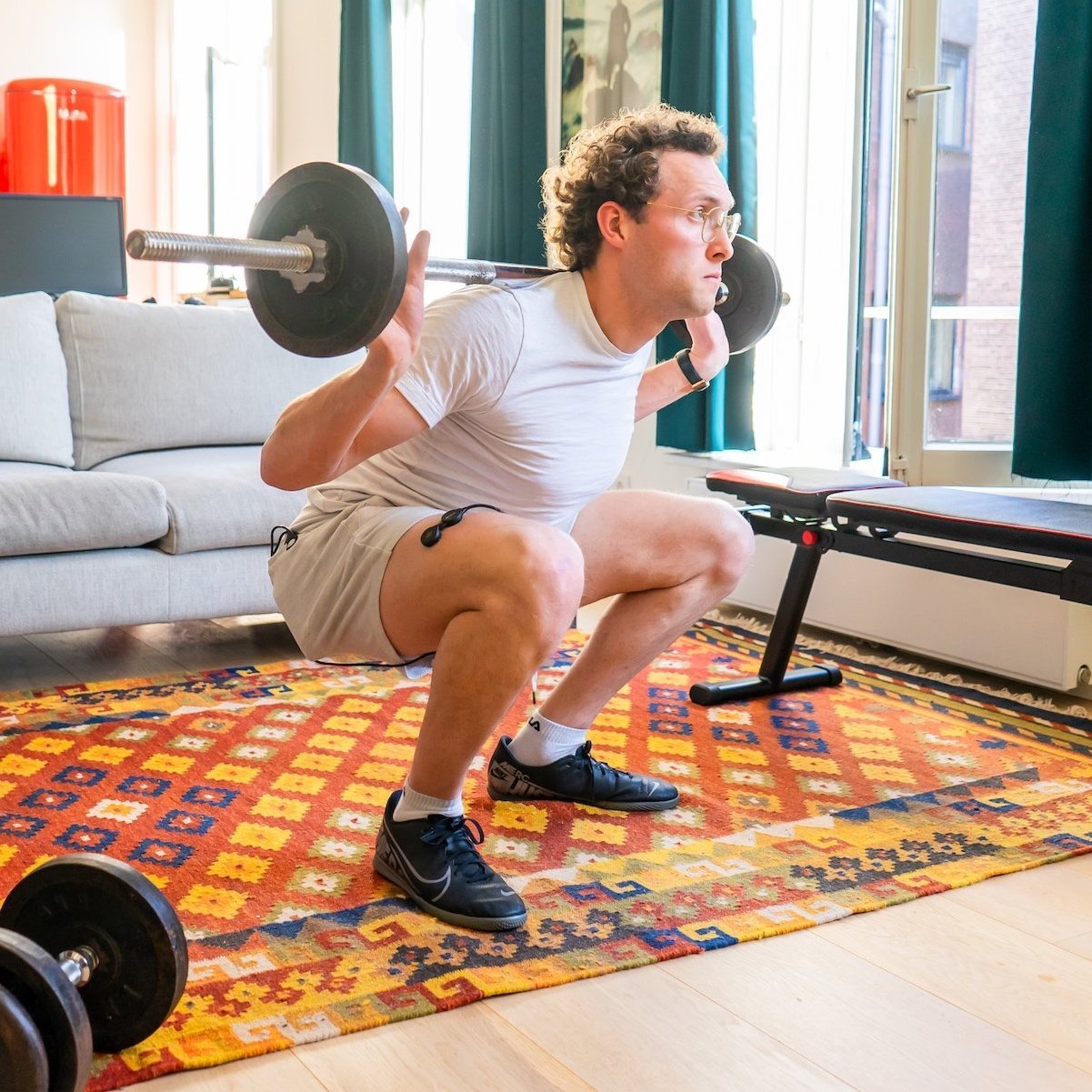
Tissue Saturation Index (TSI) - Absolute oxygenation measure in local tissues
Tissue Saturation Index (TSI) is an absolute measure for the local tissue oxygenation in tissue beneath the sensor. To obtain TSI, a technique called Spatial Resolved Spectroscopy (SRS) is used. TSI can be measured in both brain and muscle. Some of our devices provide the possibility to acquire absolute TSI, next to relative concentration changes in oxy- and deoxygenated hemoglobin. Learn more about the TSI and how to correctly use it in this blogpost.
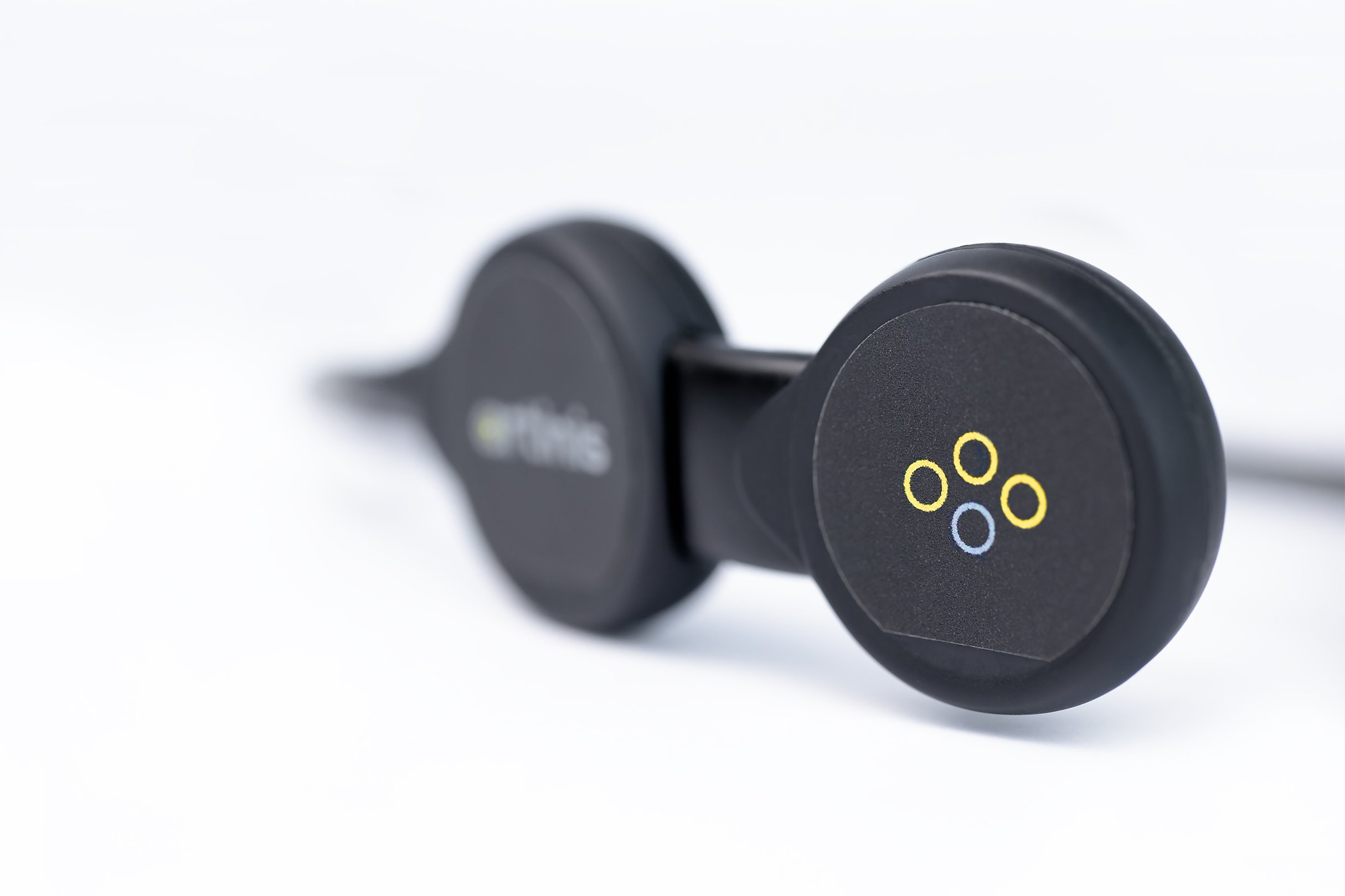
Measuring brain and muscle oxygenation simultaneously using only one device
Interest and importance of simultaneously measuring brain and muscle oxygenation is increasing in various research fields. Our new device, the PortaLite MKII assessment of oxygenation of different tissues and locations by using only one device. Read more about the PortaLite MKII, application possibilities, and features in this blog post.
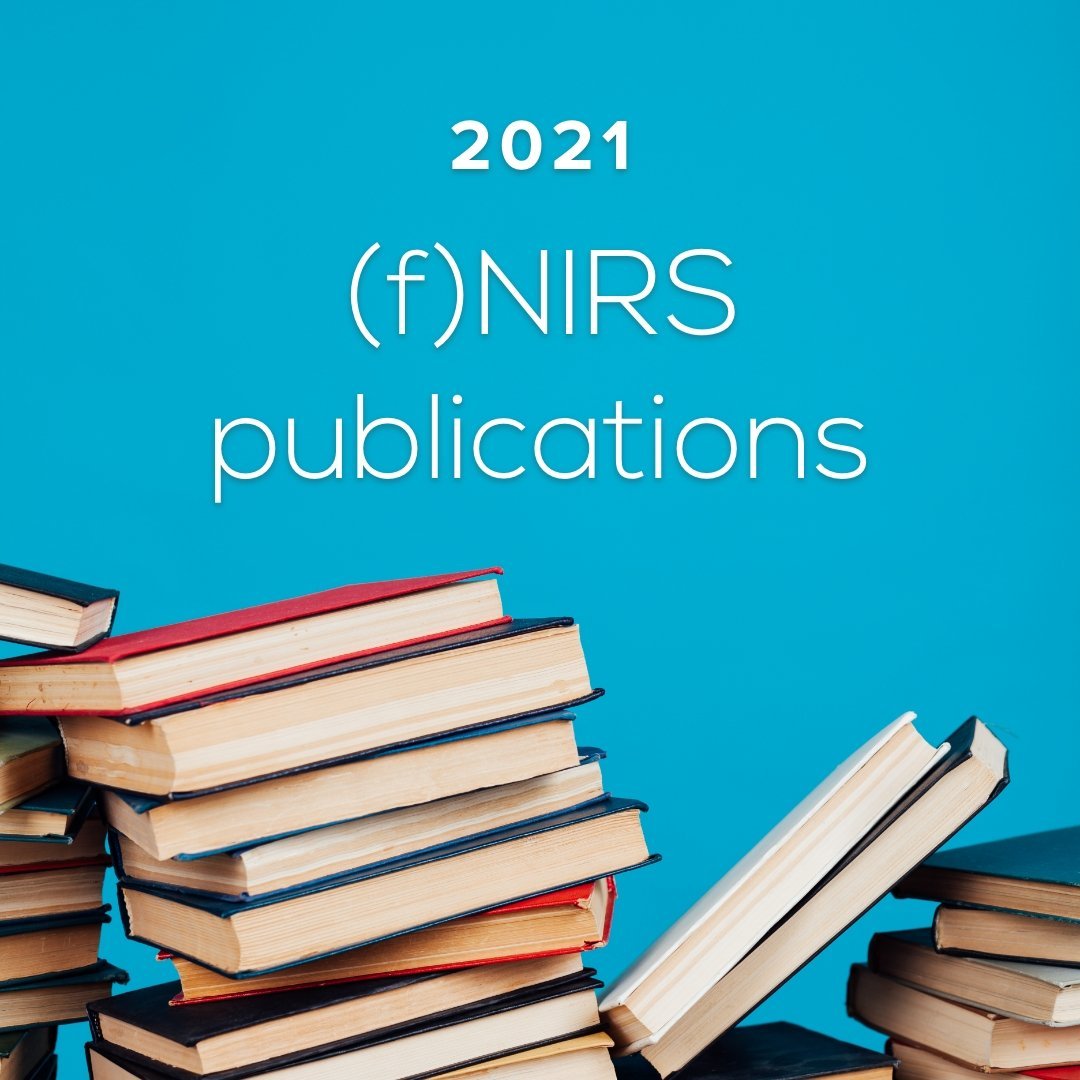
2021 Publication overview with Artinis Near-Infrared Spectroscopy (NIRS) devices
More than 110 papers using our (f)NIRS devices in neuro- and sports science areas were submitted last year. This blog post gives an overview of all papers published in 2021 using Artinis (f)NIRS devices for different application fields/categories, including cortical brain research, sport science, clinical and rehabilitation, hypoxia research, hyperscanning and multimodality.
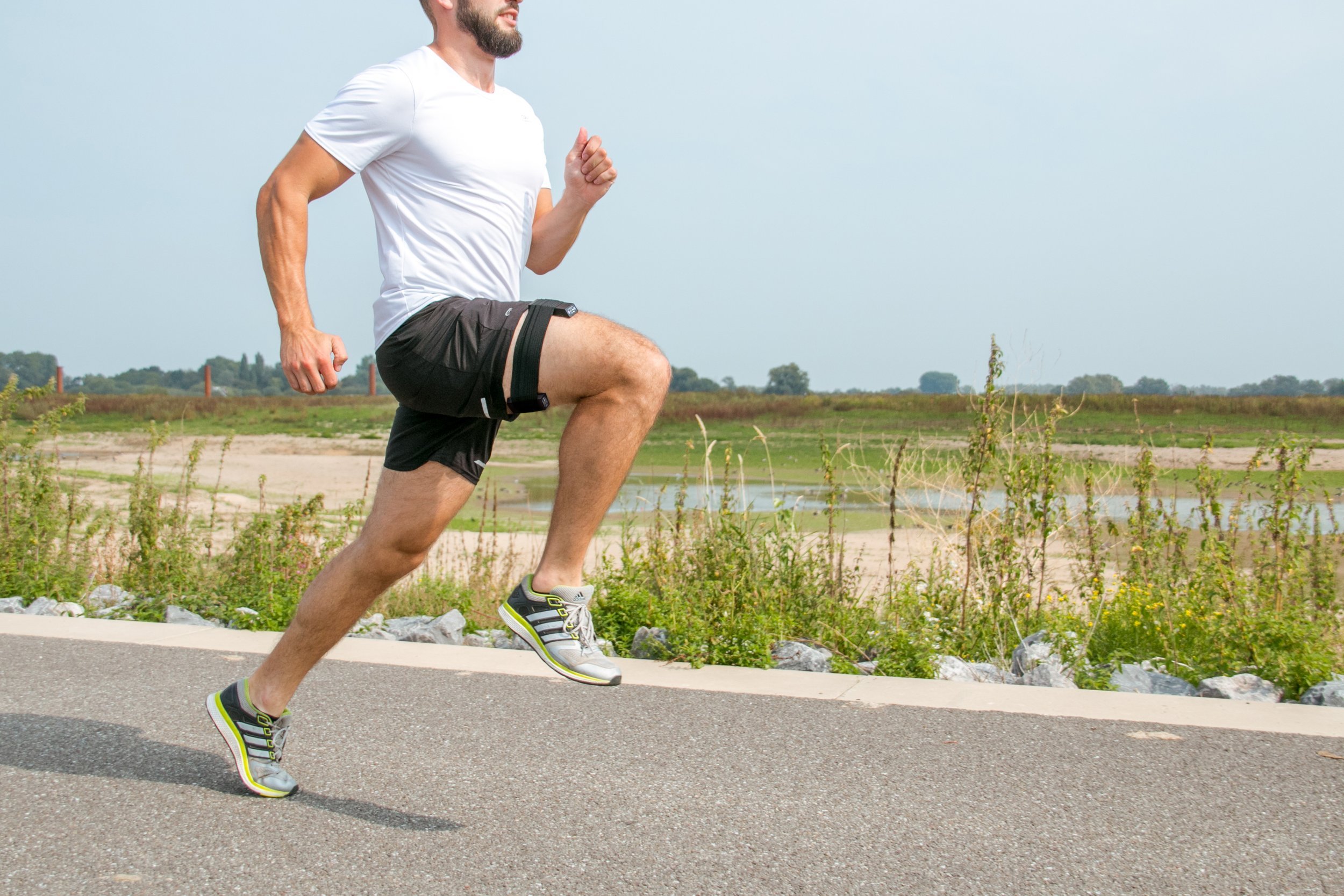
Set up the PortaMon in 6 steps - NIRS device for muscle oxygenation measurements
With the PortaMon, it is possible to perform both online measurements easily through Bluetooth connection, as well as offline measurements over a larger distance, as data can be stored on the device and downloaded afterward. Watch our newest video and discover how to correctly set up the PortaMon in only six easy steps!
